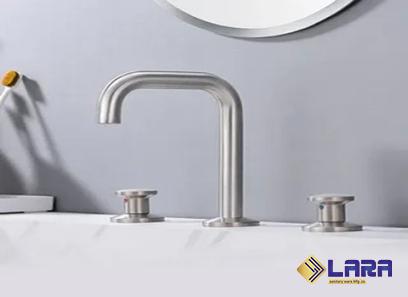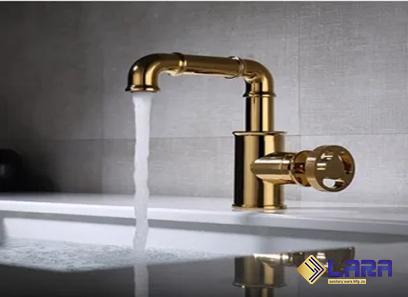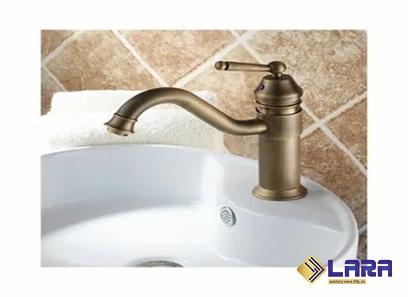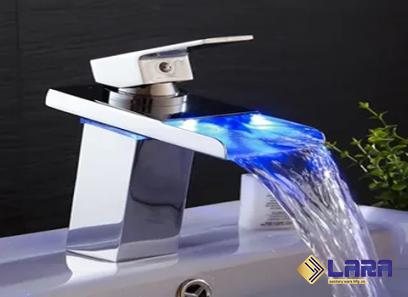A Hassle-Free Guide Maintaining your bathroom fixtures is essential to ensure their longevity and optimal performance. One task that often comes up is removing a quick connect fitting from a bathroom faucet. This process can be daunting at first, but with the right steps, it can be accomplished easily. In this article, we will delve into the step-by-step guide for quick connect removal, enabling you to tackle this task with confidence. Step 1: Gather the necessary tools Before starting, make sure you have the required tools at hand.

.
 Some commonly used tools for this procedure include an adjustable wrench, a pair of pliers, and a cloth or towel to protect the surrounding areas from scratches or damage. Step 2: Turn off the water supply Locate and shut off the water supply valves connected to the faucet. These valves are usually found beneath the sink. Turning them clockwise will stop the water flow and prevent any accidental leaks or spills during the removal process. Step 3: Disconnect the faucet supply lines Using your adjustable wrench or pliers, carefully disconnect the faucet supply lines from the main water supply valves. Counter-clockwise rotation will loosen the connections.
Some commonly used tools for this procedure include an adjustable wrench, a pair of pliers, and a cloth or towel to protect the surrounding areas from scratches or damage. Step 2: Turn off the water supply Locate and shut off the water supply valves connected to the faucet. These valves are usually found beneath the sink. Turning them clockwise will stop the water flow and prevent any accidental leaks or spills during the removal process. Step 3: Disconnect the faucet supply lines Using your adjustable wrench or pliers, carefully disconnect the faucet supply lines from the main water supply valves. Counter-clockwise rotation will loosen the connections.
..
 Be cautious while doing this, as excessive force can cause damage to the pipes or fittings. Step 4: Identify the quick connect coupling Once the supply lines are detached, locate the quick connect coupling that secures the faucet to the plumbing beneath the sink. Take note of how it is attached to the faucet itself before proceeding to the next step. Step 5: Release the quick connect coupling To release the quick connect coupling, find the white plastic or metal collar that encases it. Grip this collar firmly and pull it towards the faucet. While doing so, simultaneously apply gentle pressure to the supply lines in the opposite direction. This action will partly disengage the coupling, allowing you to remove it completely. Step 6: Remove the quick connect fitting With the coupling partly disengaged, continue to pull it away from the faucet until it comes off completely.
Be cautious while doing this, as excessive force can cause damage to the pipes or fittings. Step 4: Identify the quick connect coupling Once the supply lines are detached, locate the quick connect coupling that secures the faucet to the plumbing beneath the sink. Take note of how it is attached to the faucet itself before proceeding to the next step. Step 5: Release the quick connect coupling To release the quick connect coupling, find the white plastic or metal collar that encases it. Grip this collar firmly and pull it towards the faucet. While doing so, simultaneously apply gentle pressure to the supply lines in the opposite direction. This action will partly disengage the coupling, allowing you to remove it completely. Step 6: Remove the quick connect fitting With the coupling partly disengaged, continue to pull it away from the faucet until it comes off completely.
…
 Make sure to support the supply lines during this process to prevent any strain or damage. Step 7: Reinstall or replace the quick connect fitting (optional) If you are removing the quick connect fitting for maintenance, you can now choose to either reinstall it or replace it with a new one. Reversing the previous steps will allow you to reconnect and secure the fitting properly. Step 8: Reconnect the supply lines After completing the removal or replacement process, reconnect the supply lines to the main water supply valves. Ensure a firm and leak-free connection by tightening the fittings securely with your adjustable wrench or pliers. Step 9: Turn on the water supply Finally, turn the water supply valves back on by rotating them counter-clockwise. Check for any leaks or drips around the faucet and supply line connections. If leakage persists, double-check that all connections are tight and secure. By following these straightforward steps, you can easily remove the quick connect fitting from your bathroom faucet. Remember to exercise caution while working with supply lines and always take necessary safety measures. Regular maintenance and care will help prolong the life of your bathroom fixtures and keep them functioning at their best.
Make sure to support the supply lines during this process to prevent any strain or damage. Step 7: Reinstall or replace the quick connect fitting (optional) If you are removing the quick connect fitting for maintenance, you can now choose to either reinstall it or replace it with a new one. Reversing the previous steps will allow you to reconnect and secure the fitting properly. Step 8: Reconnect the supply lines After completing the removal or replacement process, reconnect the supply lines to the main water supply valves. Ensure a firm and leak-free connection by tightening the fittings securely with your adjustable wrench or pliers. Step 9: Turn on the water supply Finally, turn the water supply valves back on by rotating them counter-clockwise. Check for any leaks or drips around the faucet and supply line connections. If leakage persists, double-check that all connections are tight and secure. By following these straightforward steps, you can easily remove the quick connect fitting from your bathroom faucet. Remember to exercise caution while working with supply lines and always take necessary safety measures. Regular maintenance and care will help prolong the life of your bathroom fixtures and keep them functioning at their best.




